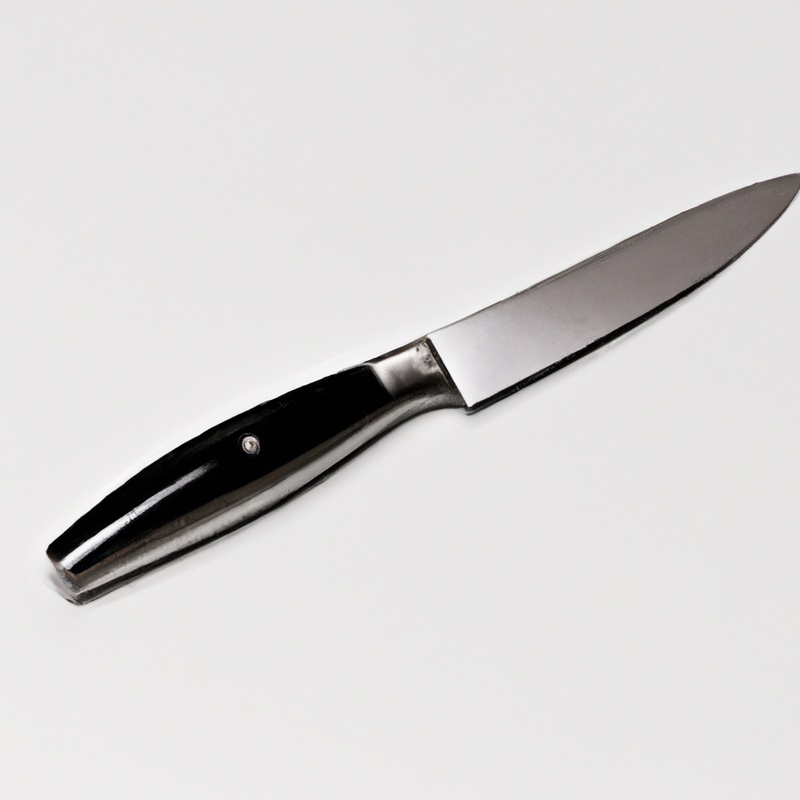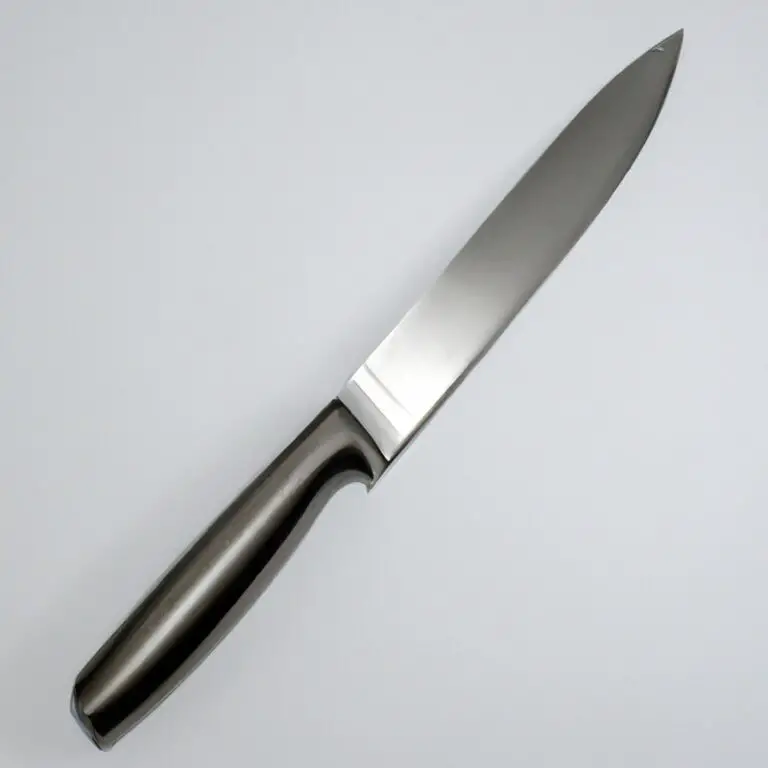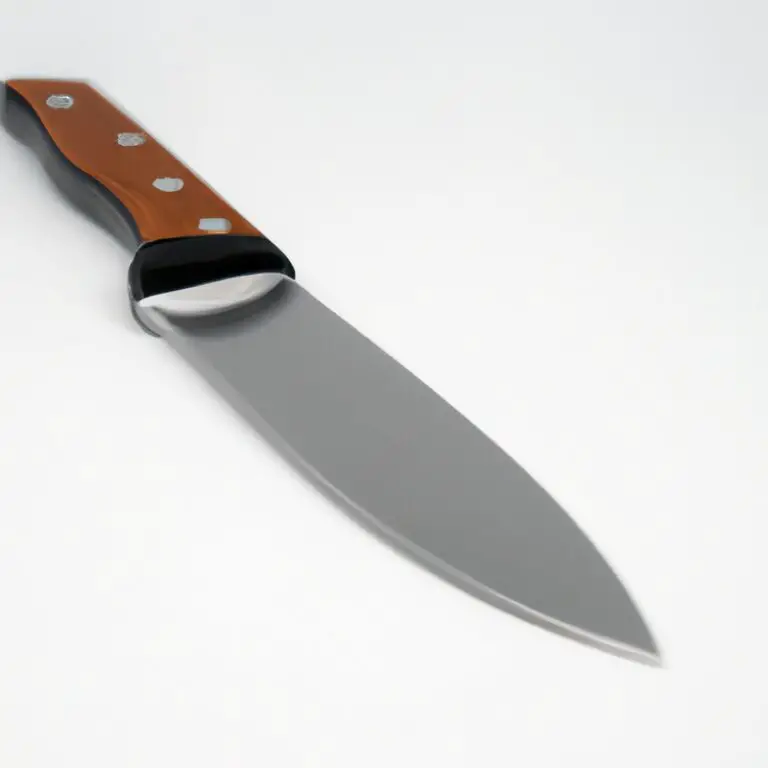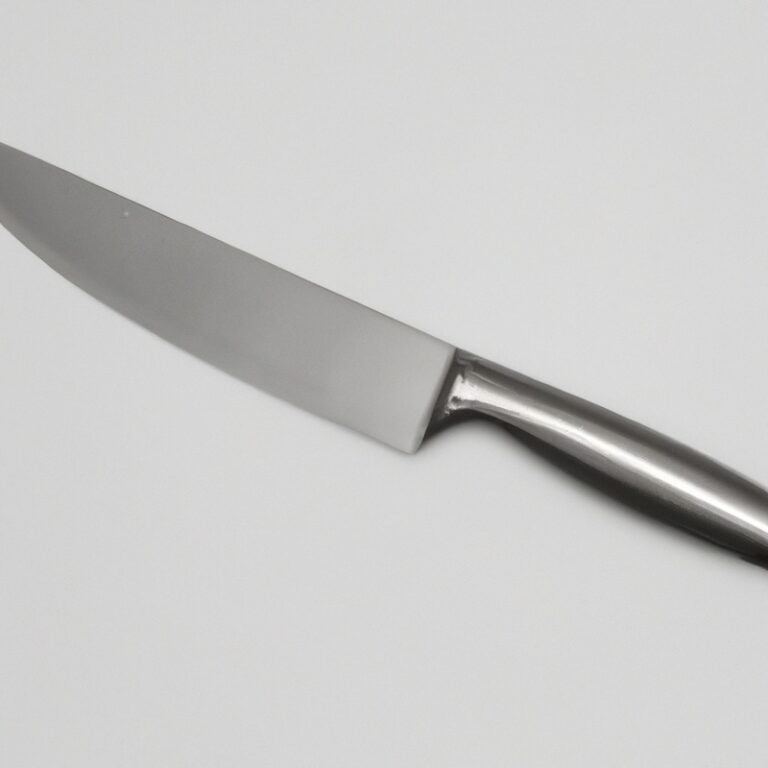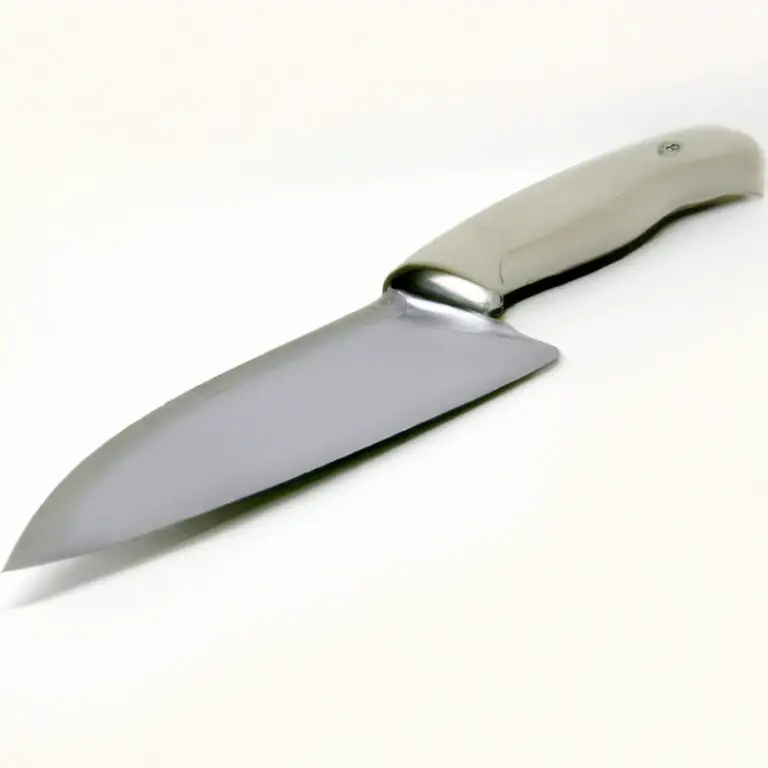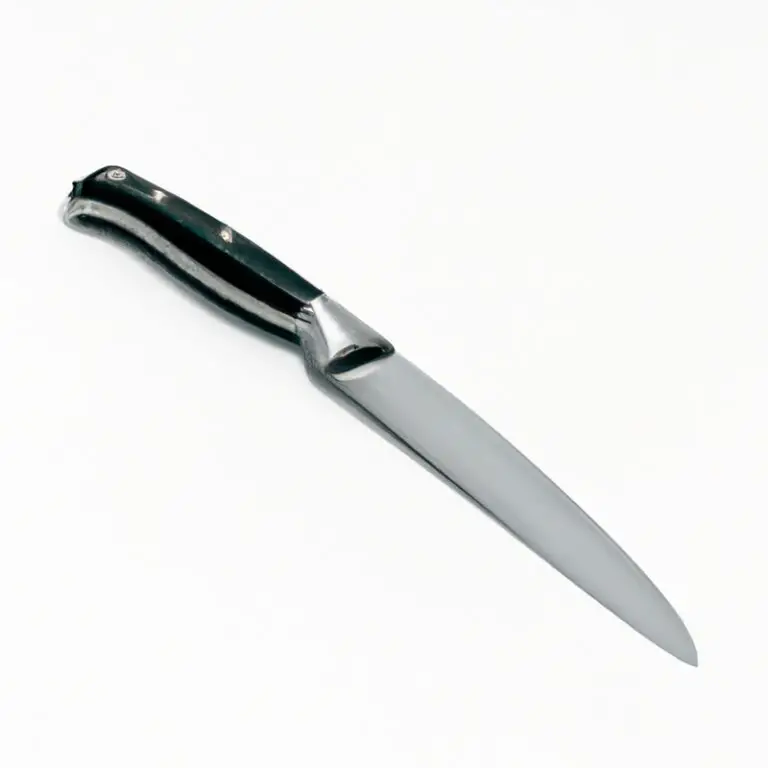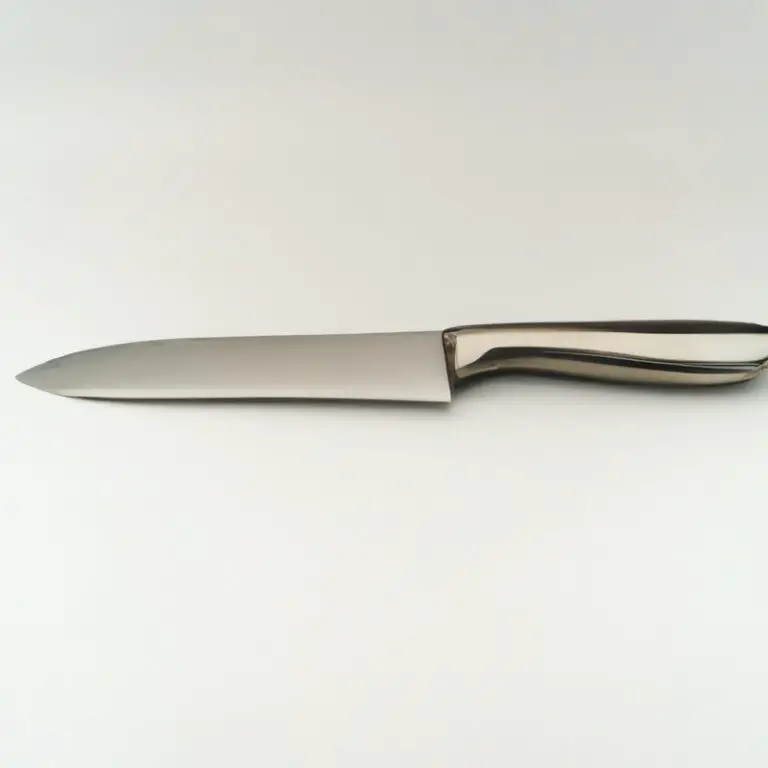Can I Use a Paring Knife To Core Fruits Or Vegetables? Simplify
Key Takeaways:
- While a paring knife can be used to core some fruits and vegetables, it is not the most efficient tool for the job.
- Using a paring knife to core can result in waste and a less precise cut compared to using a corer or other specialized tool.
- It is important to match the knife to the task at hand to ensure safety and achieve the desired results in food preparation.
- Consider investing in a corer or other specialized tool for coring, particularly if you frequently work with fruits and vegetables that require coring.
When it comes to coring fruits and vegetables, we need the right tool for the job. But what if you don’t have a corer?
Can a paring knife get the job done?
As a seasoned home cook, I’ve faced this question many times, and I’m here to share my insights. In this article, I’ll explore the pros and cons of using a paring knife for coring, factors to consider before giving it a try, helpful techniques, and alternatives to the paring knife.
Plus, I’ll give you tips on maintaining your trusty tool for optimal results.
Let’s get started on our kitchen adventure!
| Core fruits | Core vegetables | |
|---|---|---|
| Paring Knife | Yes | Yes |
| Chef’s Knife | Yes | Yes |
| Serrated Knife | No | No |
| Melon Baller | Yes | No |
Understanding the Purpose of a Paring Knife
A paring knife is a small, versatile knife that is used for precise cutting tasks such as peeling, trimming, and shaping fruits, vegetables, and meats. Its narrow blade and pointed tip make it an ideal tool for delicate cutting and intricate details.
The purpose of a paring knife is to provide accuracy and control, allowing you to make precise cuts with ease.
It is not specifically designed for coring fruits or vegetables, but it can be used for this task with some limitations. It is important to understand the purpose of a paring knife and its limitations to determine if it is the best tool for coring fruits or vegetables.
What is Coring and Why is it Important?
Coring is the process of removing the core or the center of a fruit or vegetable. The core can be the seeds, stem, and woody parts that are not usually consumed.
Coring is important because it makes the fruit or vegetable more edible and easier to consume.
It also improves the appearance and presentation of the fruit or vegetable. Coring can be done with various tools, such as a corer, paring knife, apple slicer, and melon baller.
However, it is crucial to choose the appropriate tool based on the type of fruit or vegetable to ensure efficiency and safety.
Using a paring knife for coring may not always be the best option, especially for harder fruits like pineapple and mango.
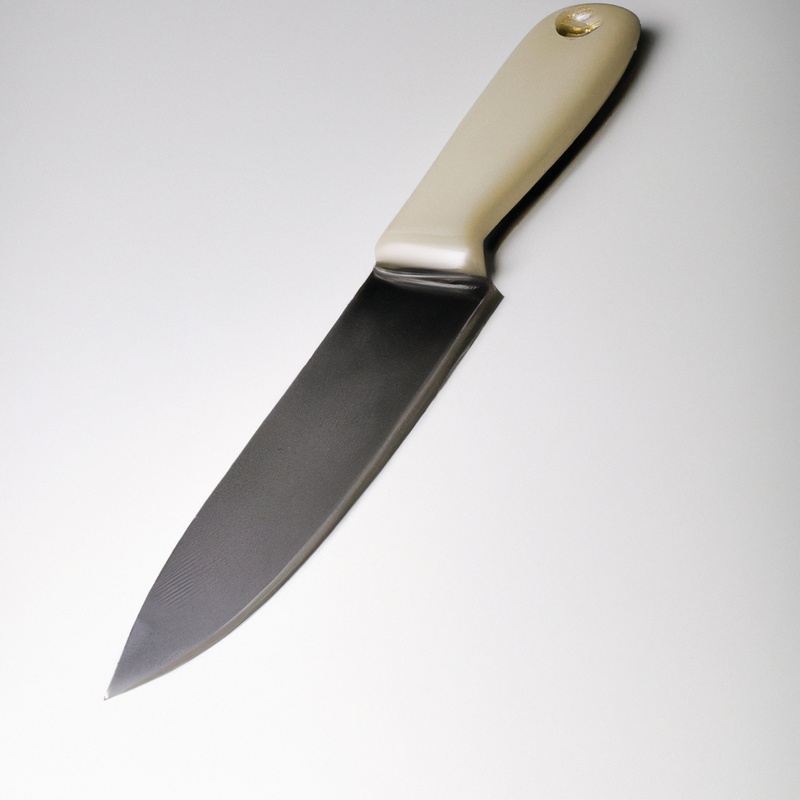
The Pros and Cons of Using a Paring Knife for Coring
Pros:
- Paring knives are readily available and affordable.
- Paring knives have sharp, pointed blades that can easily penetrate the flesh of fruits and vegetables.
- Paring knives allow for greater control and precision compared to other coring tools.
- Paring knives can be used for other tasks in the kitchen, making them a versatile kitchen tool.
Cons:
- Paring knives may not remove the core cleanly and can result in the loss of some fruit or vegetable flesh.
- Paring knives can be dangerous if not used properly and can lead to injury.
- Paring knives are not the best tool for larger fruits and vegetables that require more extensive coring.
- Paring knives may not be suitable for those with limited dexterity or strength.
Overall, using a paring knife for coring can be a viable option for certain fruits and vegetables, but it is important to consider the potential drawbacks and practice safety precautions. It is also important to evaluate if a paring knife is the best tool for the specific task at hand.
Factors to Consider Before Using a Paring Knife for Coring
Before using a paring knife for coring, there are several factors to consider. Firstly, it’s essential to determine the size and type of fruit or vegetable you plan to core.
Paring knives generally work better for smaller fruits like apples and pears and may not be suitable for larger produce like pineapples or melons.
Secondly, you should assess your skills and knowledge of knife handling techniques. Coring can be a delicate process that requires precision and control, so it’s crucial to have a good level of expertise in using a paring knife.
Thirdly, it’s crucial to have a sharp paring knife.
Dull blades can cause more harm than good, and you risk injuring yourself or damaging the produce. Ensure to sharpen your knife before using it for coring.
Finally, make a decision based on personal preferences and needs.
Holding the fruit in one hand and cutting with the other may make the coring process more comfortable and safer for some people. Others may prefer using a corer or a curved knife designed specifically for coring.
In summary, before using a paring knife for coring, consider the size and type of produce, your skills, knife sharpness, and personal preferences.
These factors can make a significant difference in the outcome of your coring task and the safety of all involved.
How to Core Fruits and Vegetables with a Paring Knife
To core fruits and vegetables with a paring knife, follow these steps:
- Choose a sharp paring knife: A sharp blade ensures that you can cut through the fruit or vegetable easily and without damaging it.
- Wash and dry the produce: Before coring, make sure to wash the produce thoroughly to remove any dirt or debris that may be present on its surface. Dry it with a towel.
- Cut off the top: Remove the stem or top of the fruit or vegetable by making a shallow horizontal cut.
- Cut around the core: Place the paring knife at an angle and slowly cut around the core, making sure not to cut too deep and avoiding the seeds.
- Remove the core: Once you have cut around the core, gently twist and pull it out.
- Check for any remaining seeds: After removing the core, check for any remaining seeds or membrane and remove them with the knife.
With these simple steps, you can easily core fruits and vegetables with a paring knife. Remember to take your time and work carefully to avoid damaging the produce or injuring yourself.
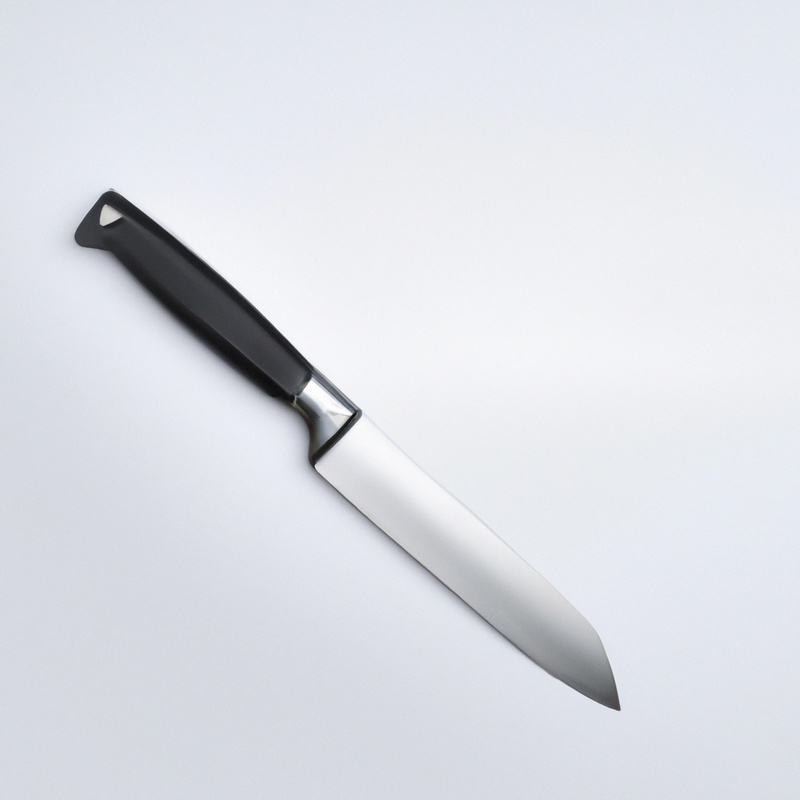
Tips for Using a Paring Knife Safely and Effectively
Tips for Using a Paring Knife Safely and Effectively:
- Hold the knife properly: Always hold the knife with your forefinger and thumb gripping the blade just above the handle. This will give you better control and prevent slipping.
- Keep your hands and cutting surface dry: Wet hands or a wet cutting board can cause accidents due to the slipped blade. Always make sure that the cutting board and your hands are dry before using a paring knife.
- Use a sharp knife: A sharp knife is safer than a dull one as it requires less force to cut and reduces the risk of accidents. Ensure that the knife is sharpened correctly before using it.
- Use a steady cutting motion: Use a steady and consistent motion while cutting. Avoid applying too much pressure or forcing the blade as it can cause the knife to slip or damage the blade.
- Watch your fingers: Always keep your fingers away from the blade while cutting. Curl your fingers back and hold the item you are cutting securely to avoid slicing your fingers.
- Do not use the tip of the blade for heavy-duty tasks: The tip of the blade is delicate and is not suitable for chopping or peeling hard vegetables like carrots or potatoes. Use the heel or middle of the blade for such tasks.
- Store the knife safely: Always store the knife in a dedicated knife block, sheath, or drawer with a protective cover to avoid accidents while reaching for it.
By following these tips, you can use a paring knife safely and effectively without harming yourself or damaging the blade.
Alternatives to a Paring Knife for Coring
While a paring knife is a common tool used for coring fruits and vegetables, there are a few alternatives worth considering for various reasons. Some people prefer a coring tool specifically designed for the task, such as an apple corer or tomato corer.
This can save time and promote accuracy.
Other options include using a melon baller or a small spoon to scoop out the center of softer fruits like strawberries or avocados. For larger vegetables like cabbage or cauliflower, a sharp chef’s knife can be used to remove the hard center.
It is important to choose the tool that is best suited to the specific fruit or vegetable being cored to ensure the best results.
Maintaining Your Paring Knife for Optimal Performance
Maintaining your paring knife is essential for optimal performance and longevity. Here are some tips to keep your paring knife in top shape:
- Clean your knife after each use with a mild detergent and warm water. Dry it thoroughly with a soft cloth.
- Sharpen your paring knife regularly with a sharpening stone or honing steel. This will ensure that the blade maintains its sharpness.
- Store your knife in a knife block or sheath to prevent damage to the blade.
- Avoid using your paring knife on hard surfaces such as bone or frozen food as it can damage the blade.
- Do not put your paring knife in a dishwasher as the harsh detergents and high heat can damage the blade and handle.
- Avoid using abrasive cleaners or scouring pads as they can scratch the blade.
By following these tips, you can maintain your paring knife for optimal performance and ensure that it lasts for years to come.
Final Verdict
A paring knife can be a useful tool for coring fruits and vegetables, but it is important to weigh the pros and cons before using it. Factors such as the size and type of produce, personal proficiency in using a paring knife, and safety considerations should be taken into account.
With careful technique, a paring knife can effectively hollow out the center of produce for various recipes.
However, when in doubt or for larger produce, alternative coring tools may be a safer and more efficient option. Maintaining the sharpness and cleanliness of a paring knife is crucial for optimal performance and safety.
By following these considerations and tips, you can safely and effectively use a paring knife to core fruits and vegetables for your culinary creations.
Remember, confidence and proficiency come with practice and caution.

